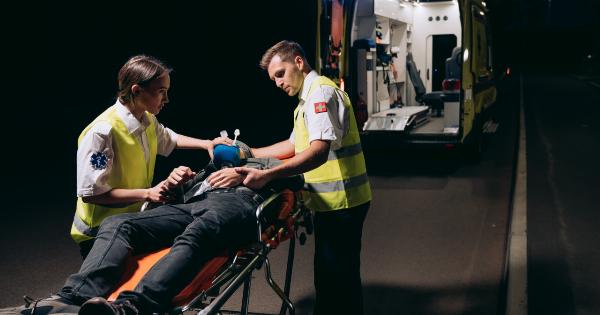World AIDS Day, observed on December 1 every year since 1988, is dedicated to raising awareness of the AIDS pandemic caused by the spread of HIV infection and mourning those who have died of the disease.
In recent years, physical therapists have emerged as strong advocates for people living with HIV and AIDS, offering a range of specialized services to help them rehabilitate from the physical and emotional toll of the disease. Here are 10 ways physical therapists are uniting in support of World AIDS Day:.
1. Rehabilitation
Physical therapists play a critical role in the rehabilitation of people living with HIV and AIDS. Common symptoms include muscle weakness, joint pain, fatigue, and balance and coordination problems.
Physical therapists are trained to evaluate and treat these symptoms, providing personalized exercise programs that can help patients regain strength and mobility.
2. Pain Management
Chronic pain is a common problem for people living with HIV and AIDS. Physical therapists are experts in pain management, offering a range of treatment options to help patients manage their symptoms.
These may include modalities like heat and ice, massage, and stretching exercises.
3. Emotional Support
Living with HIV and AIDS can be emotionally challenging. Physical therapists are trained to provide emotional support, helping patients cope with the stress and anxiety of the disease.
They may also refer patients to mental health professionals for additional support.
4. Education
Physical therapists are passionate advocates for HIV and AIDS education.
They work with patients to provide them with a comprehensive understanding of the disease and its associated symptoms, as well as strategies for managing their condition and improving their overall health and wellbeing.
5. Advocacy
Physical therapists are powerful advocates for people living with HIV and AIDS.
They work tirelessly to raise awareness about the disease and its impact on the lives of those affected, and they advocate for their patients to receive the best possible care and treatment.
6. Research
Physical therapists are actively involved in HIV and AIDS research, seeking to advance our understanding of the disease and its treatment.
They collaborate with other healthcare professionals to identify new treatment strategies, and they work with patients to participate in clinical trials and studies.
7. Community Outreach
Physical therapists are committed to reaching out to their communities to raise awareness of HIV and AIDS.
They participate in public health campaigns, provide educational resources and materials, and organize support groups and community events to help those living with the disease.
8. Collaboration
Physical therapists work closely with other healthcare professionals to provide comprehensive care to patients living with HIV and AIDS.
They collaborate with doctors, nurses, social workers, and mental health professionals to ensure that patients receive the best possible care and support.
9. Diversity and Inclusion
Physical therapists are committed to providing care that is both diverse and inclusive.
They work to promote equality and fight discrimination in all its forms, ensuring that all patients receive the same level of care, regardless of their background or circumstances.
10. Community Service
Physical therapists are active in their communities, providing free or discounted services to those in need. They collaborate with local organizations to provide care to underserved populations, including those living with HIV and AIDS.






























